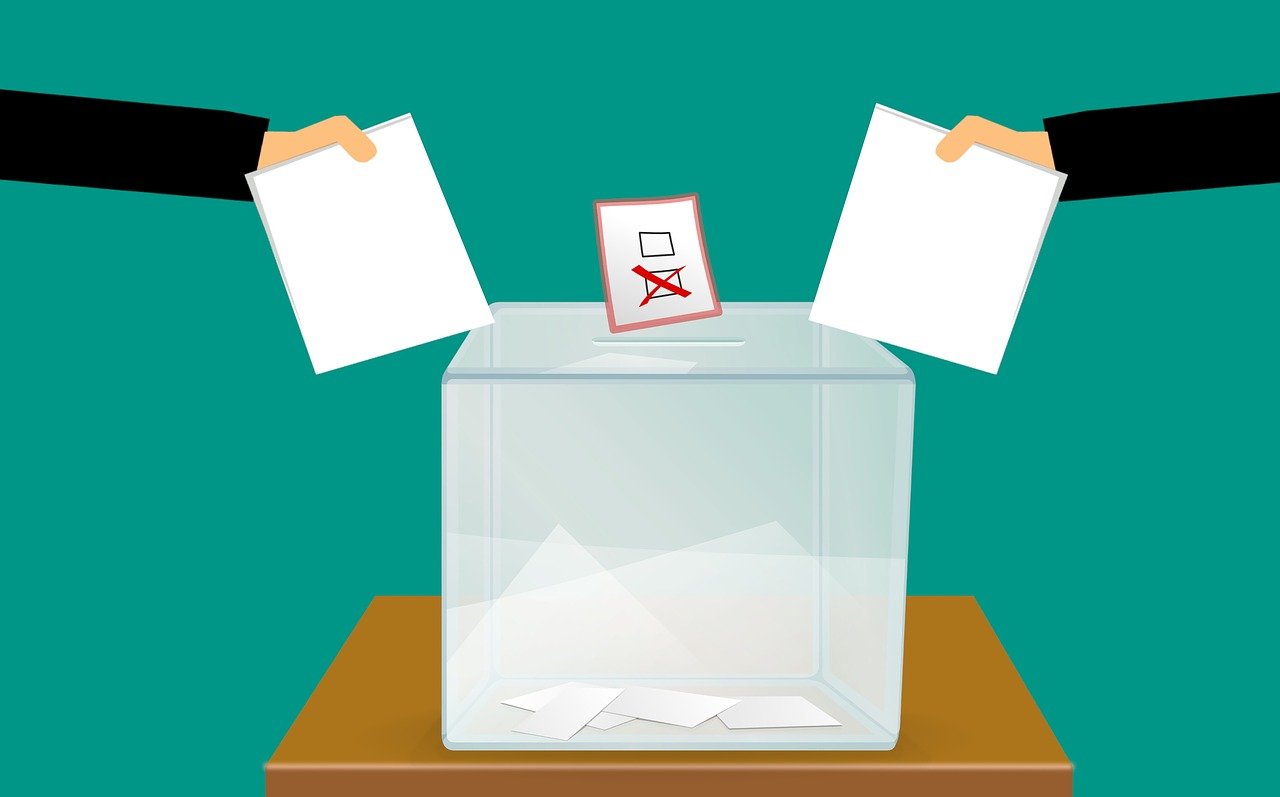Data Visualization in Election Reporting
Data visualization plays a crucial role in presenting complex election data in a clear and digestible manner. By transforming raw numbers and statistics into visual graphs, charts, and maps, visualization allows for easier interpretation and analysis of election results. In a fast-paced world where information overload is common, visual representations of data are essential for journalists, politicians, and the general public to grasp the intricacies of election outcomes quickly and efficiently.
Visualizing election data not only simplifies the understanding of complex information but also helps in identifying trends, patterns, and correlations that may be overlooked in traditional data formats. Through visually appealing graphics and interactive tools, voters can gain valuable insights into voting behaviors, demographics, and the impact of different factors on election results. By harnessing the power of data visualization, election reporting becomes more engaging, informative, and accessible to a wider audience, fostering greater transparency and accountability in the democratic process.
Data visualization simplifies complex information for easier understanding
Helps in identifying trends, patterns, and correlations that may be overlooked in traditional data formats
Provides valuable insights into voting behaviors, demographics, and the impact of different factors on election results
Makes election reporting more engaging, informative, and accessible to a wider audience
Fosters greater transparency and accountability in the democratic process
Different Types of Data Visualization Tools for Election Reporting
Data visualization tools play a crucial role in presenting complex election data in a clear and concise manner. One of the most commonly used tools is the bar chart, which effectively compares different candidate’s vote counts or percentage of votes. These charts are easy to interpret and provide a quick overview of the election results.
In addition to bar charts, pie charts are another valuable tool in election reporting. Pie charts are effective in displaying the distribution of votes among multiple candidates, making it simple for readers to see each candidate’s share of the total vote. The visual representation of pie charts helps to highlight the differences in the votes obtained by various candidates, aiding in a better understanding of the election outcome.
How Data Visualization Enhances Understanding of Election Results
Data visualization plays a crucial role in enhancing the understanding of election results. By presenting complex data in a visual format such as charts, graphs, and maps, it allows viewers to quickly grasp key trends and patterns. This visual representation enables voters, analysts, and policymakers to interpret the data more efficiently, making it easier to identify correlations and draw insights from the election outcomes.
Moreover, data visualization helps in simplifying the interpretation of vast amounts of information that would otherwise be overwhelming when presented in text-heavy reports. Through the use of interactive tools and engaging visuals, stakeholders can explore and analyze election data in a more dynamic and intuitive manner. This not only facilitates better decision-making processes but also promotes transparency and accessibility in understanding the electoral landscape.
Why is visualizing election data important?
Visualizing election data helps make complex information more digestible and easier to understand for the general public. It can provide insights into voting patterns, trends, and outcomes in a more concise and engaging way.
What are some common types of data visualization tools used for election reporting?
Some common types of data visualization tools used for election reporting include charts, graphs, maps, infographics, and interactive dashboards. These tools help present election data in a visually appealing and interactive format.
How does data visualization enhance understanding of election results?
Data visualization enhances understanding of election results by presenting data in a clear and visually engaging manner. It allows viewers to quickly grasp key insights, trends, and patterns in election data, making it easier to interpret and analyze the results.







